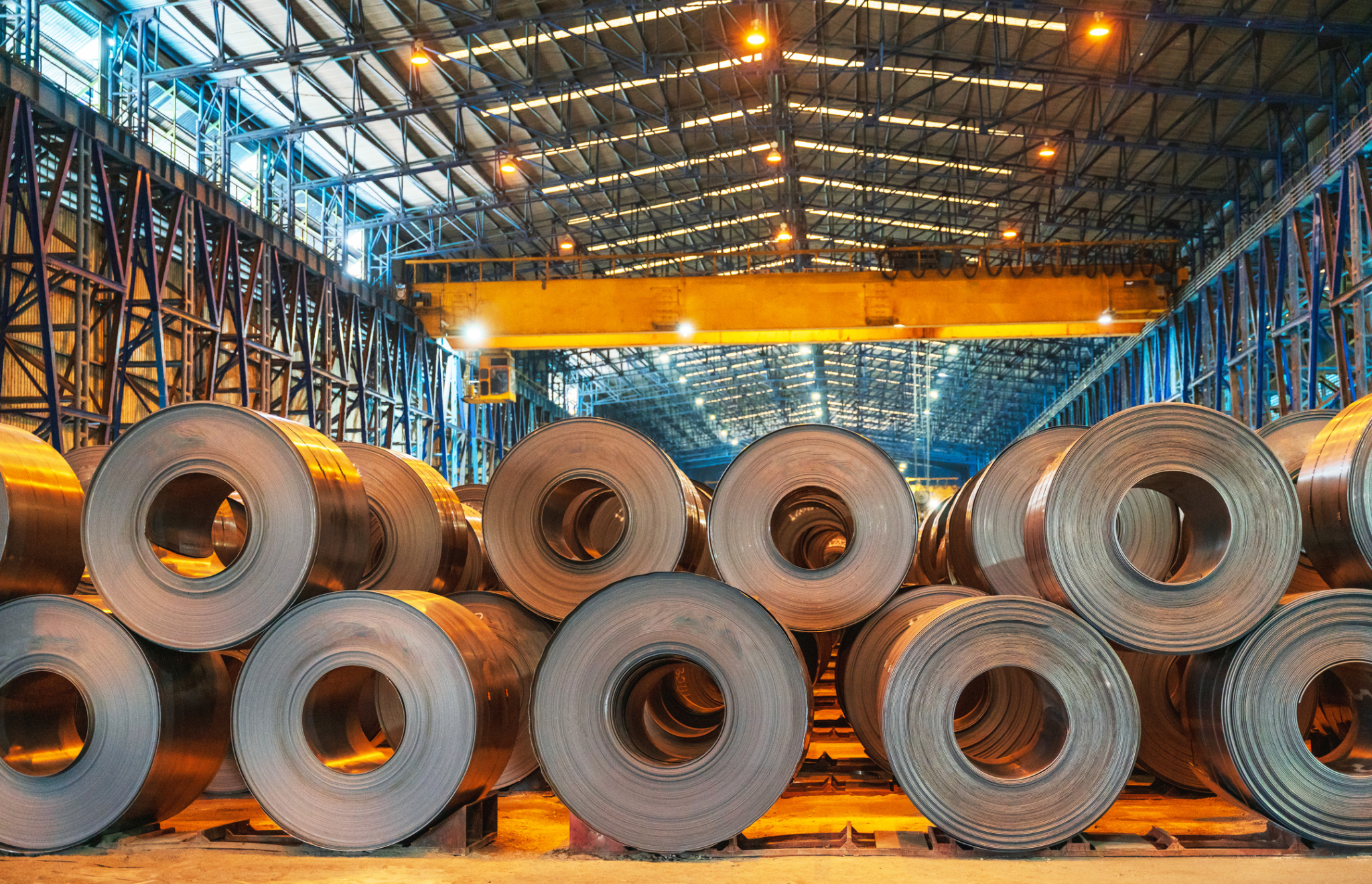
Non-market policies and practices, like those of China, are fueling the crisis.
Global steel overcapacity is rising and poses a serious risk to the world market, the Organisation for Economic Co-operation and Development (OECD)’s Global Forum on Steel Excess Capacity (GFSEC) warned in its Ministerial Statement on Oct. 8.
The Forum called on GFSEC member nations and other countries to counter the non-market policies and practices that drive the crisis, noting that existing international efforts have had limited impact.
The GFSEC, which counts the United States and several other key steel-producing economies as members, found that global steel overcapacity has increased from an estimated 532 MMT in 2022 to 551 MMT in 2023. Excess capacity now exceeds “the total steel production of all GFSEC members combined by 73 MMT.” Even more alarming, should new ongoing and planned capacity come to fruition, global steel overcapacity will hit a record high in 2026 that the world hasn’t seen since the steel crisis peaked in 2016.
Steel overcapacity may have been responsible for the loss of 134,000 to 190,000 steel jobs in its member nations, the GFSEC stated, estimating that these countries could have employed 15-20% more steelworkers had excess capacity not subverted their economies.
Though the forum condemns the non-market practices that continue to charge global overcapacity, it fails to cite China in its statement. China is not a member of the GFSEC, nor is Russia.
The U.S., however, made no bones about who’s to blame for this surge. Assistant U.S. Trade Representative for Small Business, Market Access, and Industrial Competitiveness Sushan Demirjan said in an Oct. 8 speech before the GFSEC:
“For many years, we’ve discussed the causes behind excess capacity in the global steel industry, in particular, the state-directed industrial targeting in the People’s Republic of China and the lack of market-oriented conditions in the PRC and other economies. This continues to harm our workers and businesses, creates strategic dependencies and systemic vulnerabilities, and undermines our decarbonization efforts.”
Pressure from Chinese steel overcapacity is far from new. Indeed, it has threatened to collapse the U.S. steel sector since the early 2000s, and it’s a crisis that Beijing has fed for decades in the form of mammoth government subsidies, low-cost loans, and discounted energy and inputs.
As Chinese steel mills vastly overproduced the market’s demand, global steel prices plummeted, and the United States took the brunt of the hit thanks to our uniquely open market. From 2010 to 2015, 10 steel mills closed and 225,000 steelworkers lost their jobs.
Right now, Section 232 and Section 301 tariffs shield American steel mills and workers from the ravages of this current overcapacity, but Beijing’s use of transshipment through third-party countries like Mexico is on the rise.
“One clear conclusion is that current international trade rules are inadequate to discipline the types of behavior and policies that have caused this crisis,” Demirjan said. “That is why addressing global steel excess capacity should be a priority for all governments—for the future of our steel and other critical industrial sectors and also the functioning of and confidence in the multilateral trading system.”
The USTR has long called for new, modern trade tools, like Leveling the Playing Field Act 2.0, which would streamline circumvention investigations. As another steel crisis emerges, such tools are more needed than ever. In the meantime, the U.S. must sustain current steel import tariffs or risk destroying the stability U.S. steel mills have found after decades of unfair trade.
Check out our recent report for more policy recommendations and a breakdown of how Chinese overcapacity endangers not only the U.S. steel sector but also industries like autos and solar.
